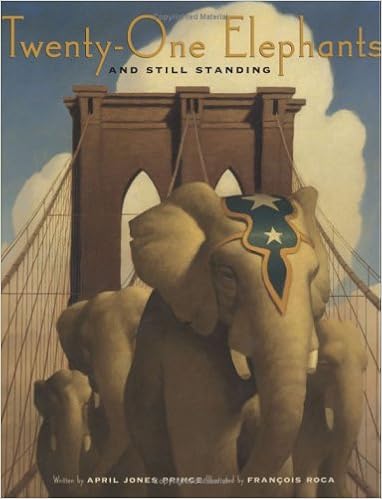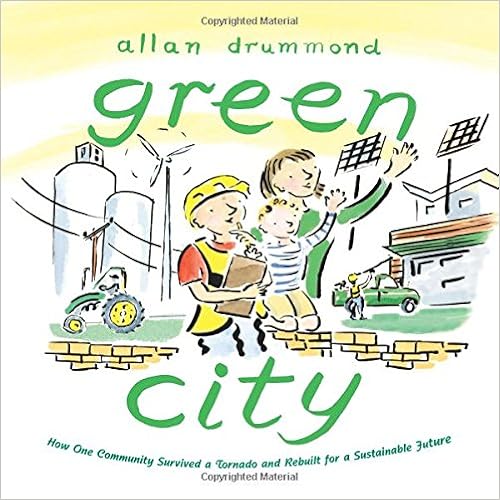We have an opportunity to "remake" our literacy practices and take the effective strategies that we already know and use and ramp them up with an added layer of maker education. Within our classrooms, we can share stories with our students that lead to creativity and design. Finding the right stories or taking time to find the connections within children's literature can be a challenge, so I wanted to share three great books that can support remaking literacy in the classroom.
 The Branch is a great story that you probably haven't heard of. It shares the connection between a young girl and her neighbor who work together on a project. This book can lead to a number of maker experiences. The girl and her neighbor explore tools in the workshop and move through a number of steps. The story provides opportunities for students to use their imaginations to create something out of a problem.
The Branch is a great story that you probably haven't heard of. It shares the connection between a young girl and her neighbor who work together on a project. This book can lead to a number of maker experiences. The girl and her neighbor explore tools in the workshop and move through a number of steps. The story provides opportunities for students to use their imaginations to create something out of a problem.Remake Opportunity: Simulate the idea of the branch and provide every student with a large chunk of cardboard. It's essentially a blank slate. What ideas do they have? What steps will they take to create something new out of this material?
 Twenty-One Elephants and Still Standing provides a some historical context about the Brooklyn Bridge. With concerns that the bridge wouldn't be strong enough to hold them, the members of the community look to circus legend P.T. Barnum for help. In response, he sends his herd of 21 elephants across the bridge to ensure that it is structurally sound.
Twenty-One Elephants and Still Standing provides a some historical context about the Brooklyn Bridge. With concerns that the bridge wouldn't be strong enough to hold them, the members of the community look to circus legend P.T. Barnum for help. In response, he sends his herd of 21 elephants across the bridge to ensure that it is structurally sound.Remake Opportunity: This book is a smart choice if your students enjoy bridge building and you are looking for a literature connection. Use your favorite maker materials and have students design and build bridges for strength. Spaghetti and marshmallows, craft sticks, or cardboard--any materials that you have available would work.
 The last book to share is Green City which taps into environmental awareness and the importance of sustainability. The author shares the story of one town that was devastated by a tornado and worked together to create a green city that would sustain their community in the future.
The last book to share is Green City which taps into environmental awareness and the importance of sustainability. The author shares the story of one town that was devastated by a tornado and worked together to create a green city that would sustain their community in the future. Remake Opportunity: This book can lead to opportunities to explore solar and wind power. Imagine your students designing solar panels and wind turbines or other creations. Create a "green" challenge for your class to create a new power source or get involved in the Future City project.
Books can be one way to engage your students in connected, hands-on learning. The content that they learn about within literature can be applied through maker learning in your classroom or in a school makerspace. These books are just a starting point. There are hundreds of stories that present opportunities for "remaking".
Interested in more ideas like this? My book Remaking Literacy will be coming out later in 2019 with Solution Tree. Check their site or my website http://www.steam-makers.com/ for the release date.



